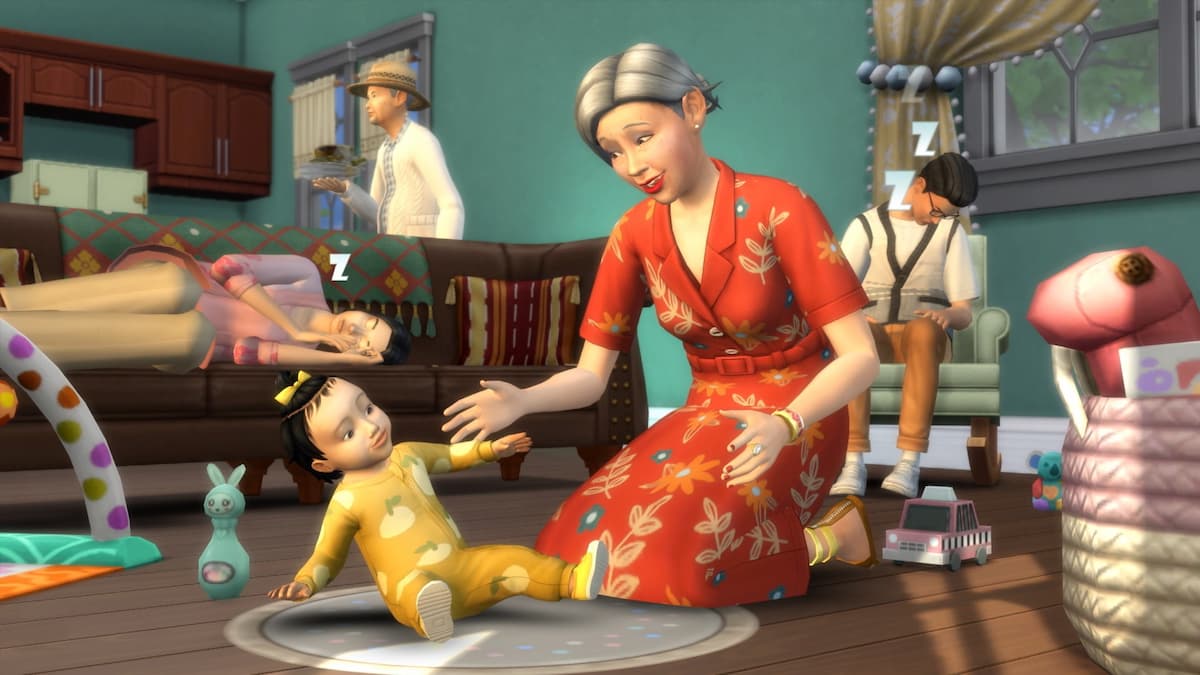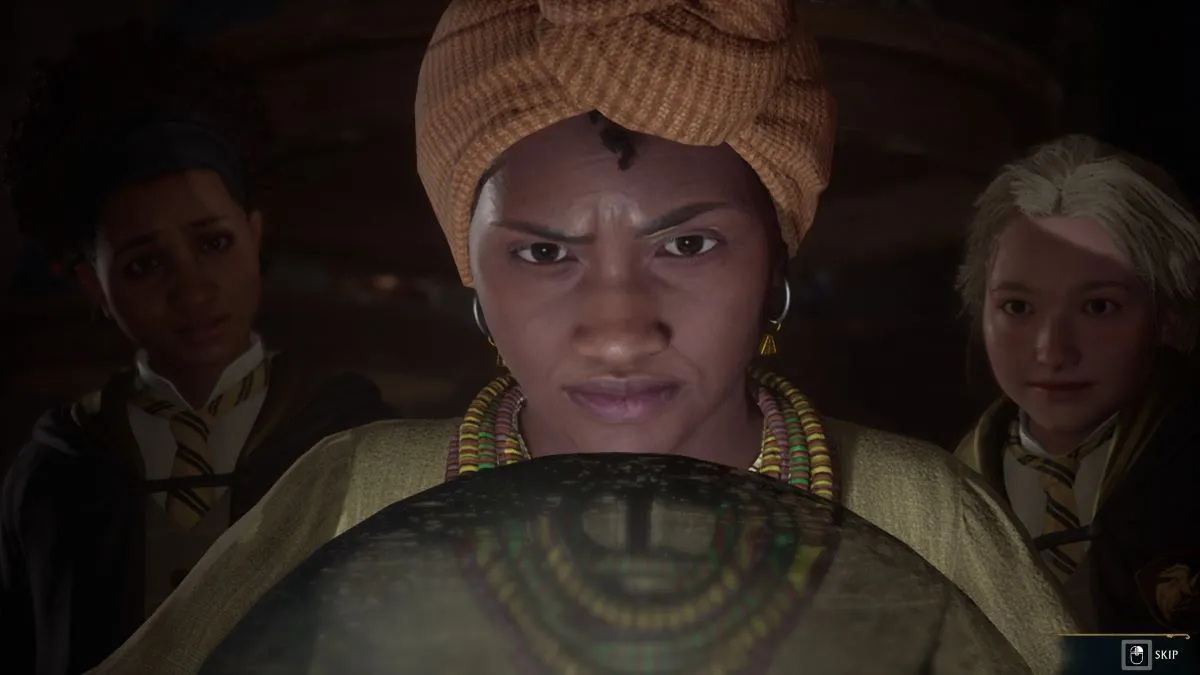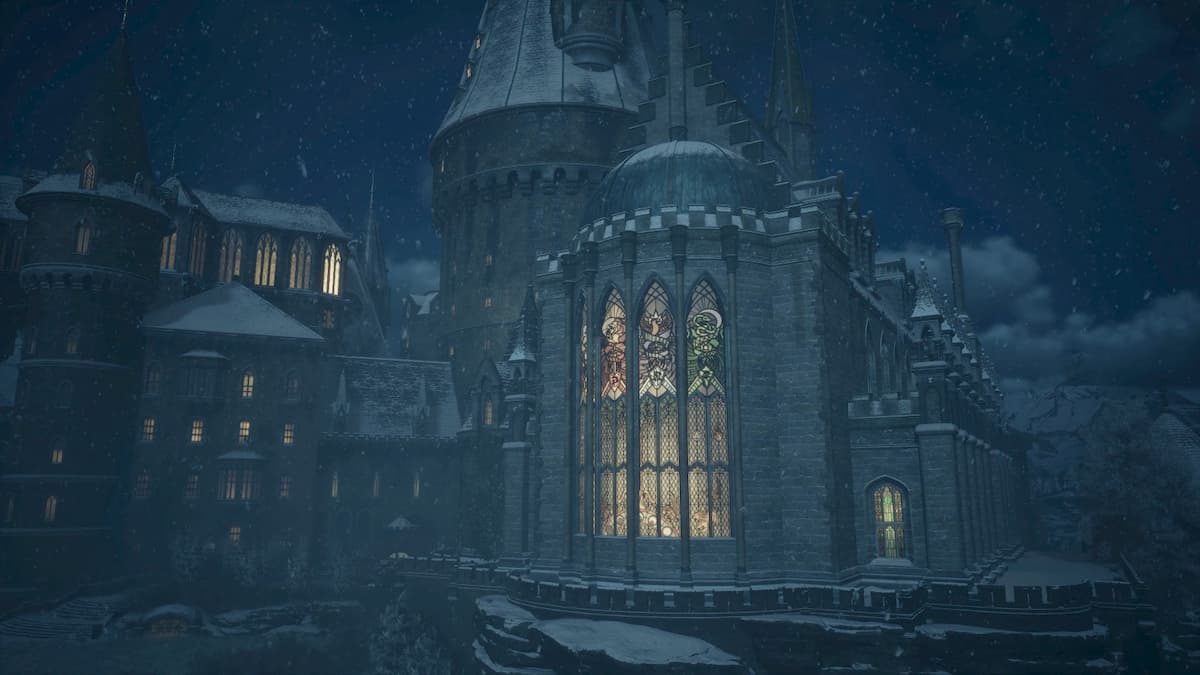As long as products have been sold, there has been misleading marketing. It has become somewhat a known fact that, at least in part, the products you see on the ads aren’t exactly what you get. While there is a line between misleading and false advertising, it is a very thin one. Marketing firms devise various misdirecting tactics that manage to stay legal while getting a not-so-true point across.
When it comes to video games, coming up with a marketing campaign isn’t easy, as the game is in constant work-in-progress state, and the final product is most often very different from what it looked like at the beginning. However, does this make up for the false advertising tactics that game publishers come up with to get their product sold?
Bullshots
Screenshots are the easiest way for a developer to show off their game. However, the problem arises with big companies who actually hire people just to take good looking screenshots. What they do is use various assets to manipulate time, view the game’s world from a free camera, downsample from high resolutions, and use various Photoshop methods to make them look the best they can. In 2005, Penny Arcade coined the term for this — bullshots.
This happens more than you think, and such heavy use of game tools and Photoshop in order to achieve fantastic screenshots crosses the line. Steam has even banned the use of misleading screenshots on their platform. While creating screenshots is, in a way, a form of art, using ultra high-resolution screenshots probably taken when the game was running at about 5 fps to sell your product leaves a bitter taste when you get to actually play the game.
One of the games that is notorious for this and received heavy criticism is No Man’s Sky. The screenshots that were posted on Steam presented different creature sizes, buildings, ship behavior and combat than the actual game has to offer. Next to that, they show the game with higher quality graphics than what you get with the final product.
The vertical slice
The vertical slice is a term used in the game industry for a demo that is a showcase of all the game’s features. This method has been criticized because when developers come up with vertical slices at an early time, it means that they are building most of the game around a fully featured chunk that is its starting point. Focusing on the slice first, instead of coming up with a sketch of the entire game, is an approach that can lead to obvious issues. What worked for the demo doesn’t have to work for the entire game.
However, it is a fact that untextured demos with placeholder elements won’t get the investors interested in the game. As a completely realized chunk of the game, the vertical slice is what trailers and screenshots are based on. Still, it isn’t uncommon for game developers to show a vertical slice at E3 and say that the game is going to be released in a couple of years. This most definitely means that the slice will undergo a lot of changes, and that a lot of ideas will be rejected.
An example of the vertical slice being misleading is 2011s presentation of Bioshock Infinite, which showed the game with different characters, HUD and powers than the final release. Even the story changed, characters were discarded and entire scenes were left out. While the game was a success in the end, the vertical slice was clearly a misrepresentation of the game.
Downgrades
A common problem with vertical slices is that they end up being more visually impressive than the final game. This is where the term downgrading comes in. The game developers come up with a visually stunning showcase, which is far away from the final product, and are then forced to downgrade its features in order to make it work as a whole. Sam Cyrus, an SEO expert from Perth, says that the biggest mistake a marketer can do is to mislead potential customers by making them believe the product is far more superior, because then they will have to face an exhausting and expensive ORM process.
An example of downgrading is the 2013 E3 presentation of Watch Dogs, which misrepresented the game’s graphics, when the final product was visually inferior due to being downgraded because of PS4 and Xbox hardware. Downgrading might be forgivable if we’re told about it before the game gets released. Otherwise, don’t trust the trailers for a game that’s going to be released in a few years.
Target footage
Vertical slice’s predecessor, target footage, is a render of what the game could be. It might even be devoid of any game systems running it. Quite often it is merely an animation that shows what the game is supposed to be and how it should play, while being nothing more than a pre-production product. Such was the case with Assassin’s Creed 3 target footage.
While it’s not necessarily a form of marketing, as it is generally used by game developers to represent the game’s vision, it is often shown or leaked to the public, which is another misleading marketing strategy. Therefore, if you come across anything marked as target footage, view it as an idea for a video game and nothing more.
Final words
The current trend of releasing games in Early Access — showing them off as work-in-progress with all their flaws on display — is a great alternative to misleading marketing tactics. The solution to the problem is to either show everything about the game from the start so that the audience knows exactly what they’re dealing with, like it was done with Minecraft, or to do what Bethesda did with Fallout 4 and announce the game just a few months before the actual release. The line between misleading and false advertising is a thin one, so why not try an honest alternative to these solutions?











Published: Feb 13, 2017 05:01 am